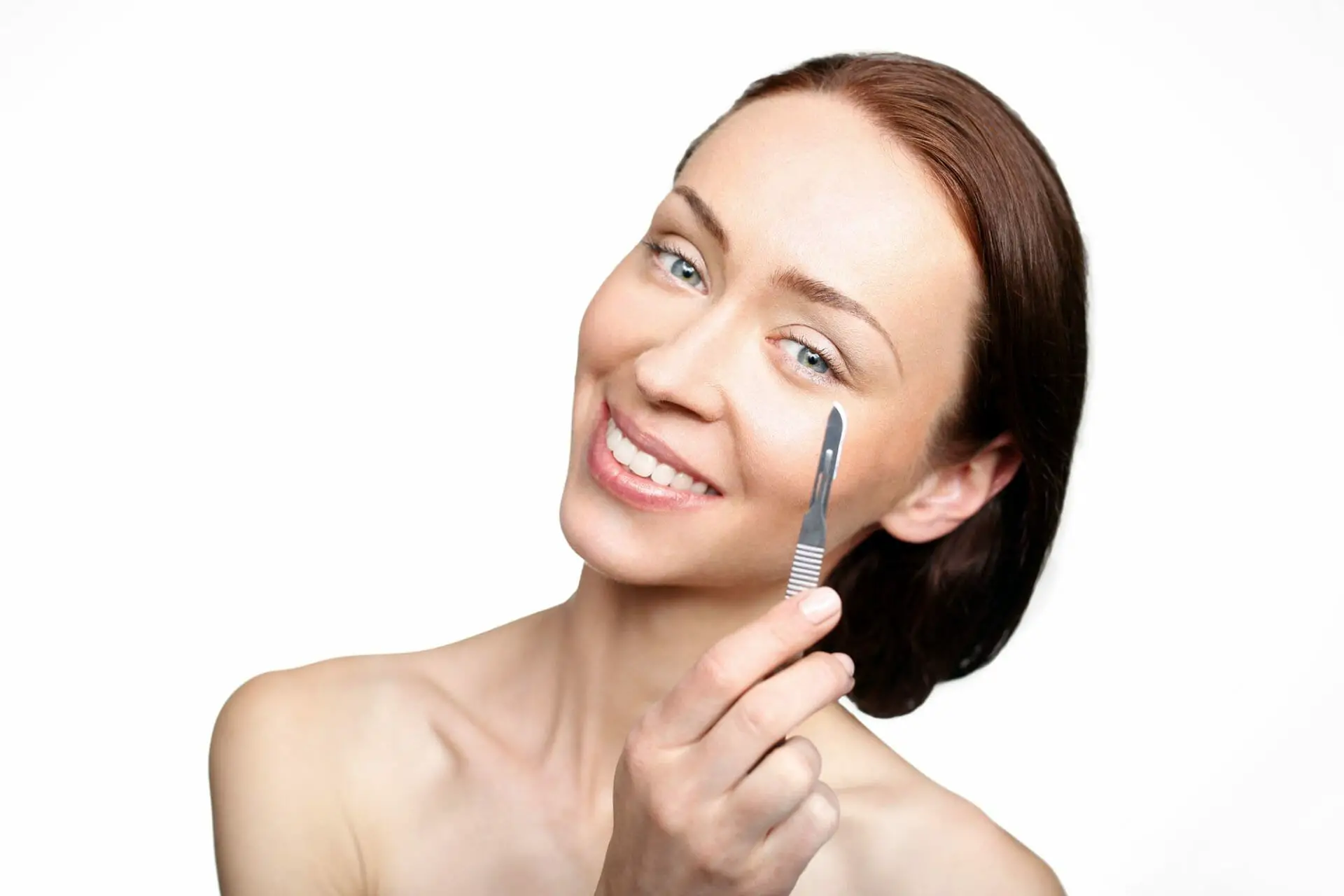Will dermaplaning remove my tan?
Can dermaplaning remove my tan? The answer is not really. As much as we wish that dermaplaning could give you an all-over even skin tone, it will not. Dermaplaning only removes your vellus hair and dead skin cells from the top layer of your epidermis.
You will not see any change in your skin tone or texture through this process. Dermaplaning does not make your skin lighter or remove a tan.
Can dermaplaning make your skin lighter?
Note: This post may contain affiliate links, which means if you buy from my link I might make a small commission. This does not affect the price you pay. See the full affiliate disclosure here.
Dermaplaning cannot make your skin lighter because it will only remove the top layer of your epidermis. The epidermis is translucent, so you will not be able to see any change in your skin color after you begin dermaplaning.
If you are looking for something that will lighten your skin tone, more than take a second to think. I would suggest talking to a professional specializing in that type of treatment.
Keep reading if you want to find out how long after dermaplaning you can tan.

What is dermaplaning?
Dermaplaning is a method of exfoliation that uses a 10 gauge scalpel to gently scrape off the top layer of dulling dead skin cells. The result is a smoother, brighter complexion.
Dermaplaning removes vellus hair and dead skin cells, but not pigment.
Tanning results from a chemical process in the deepest layers of your skin, so dermaplaning should not interfere with tit.
It is a gentler alternative to shaving or waxing, which is why many women prefer to use it on their faces. The treatment takes about 15 minutes, and you can do it at home.
Dermaplaning is an effective treatment for fine lines and wrinkles and dry or patchy texture on the surface of your skin. It’s not good to dermaplane over acne or other rash-like breakouts because you could further irritate the area, making it more red or sore.
Pro tip: Using a chemical peel on sensitive areas like the face can help with redness and irritation afterward.

How long after dermaplaning can you tan?
It should be 4-5 days after dermaplaning before exposing yourself to UV rays. We recommend waiting 7 days before using a tanning bed. If you use a self-tanner, you can wait 2-3 days and then apply it.
If you have just had dermaplaning, you will be particularly sun-sensitive, so you need to wear sunscreen while outside. Plus, always wear at least a factor 30 sunscreen and avoid direct sunlight after using dermaplaning.
Allowing the skin some time to recoup before being exposed to the sun helps avoid any potential burn or damage to the skin. It does that by allowing new skin cells to grow without the risk of exposure.

Should you exfoliate after dermaplaning?
Dermaplaning is an exfoliating treatment, so you shouldn’t exfoliate after dermaplaning. A week after your treatment, you could use an exfoliator to keep your skin looking clear and smooth.
Dermaplaning removes the dead skin cells on your face and peach fuzz, which is usually about 3–4 weeks of growth for most people. After dermaplaning, you have a “clean canvas” to work with and can apply products more efficiently.
Is dermaplaning better than exfoliating with a scrub?
Dermaplaning is better than exfoliating with a scrub because it’s less harsh and gentler on your skin. The process of dermaplaning is more precise than scrubbing, allowing you to control the level of exfoliation you want.
Scrubbing removes more skin cells than you might want. Dermaplaning makes it easier for your body to absorb the moisturizer you apply afterward.

Will a facial remove my tan?
Facials remove dead skin cells, deep clean your pores, and may help your tan fade quicker than normal. You should wait at least 48 hours after tanning to get a facial.
If your tan is fairly new, then a facial may remove part of your tan. If your tan has been on your face for a while, then you may not see much difference with or without a facial.
A professional facial includes deep exfoliation and removal of blackheads and whiteheads. Thus, making your skin sensitive to sunlight.
Opt for an in-salon facial that doesn’t include deep exfoliation or extractions. Thus, you can get back to your daily routine immediately after a session.
Also, keep your skin hydrated with SPF and moisturizer to reduce the damage.
The best type of facial for removing a tan is an enzyme facial. Enzyme facials use ingredients like pumpkin and papaya to help gently exfoliate the top layer of the skin. Also, they remove sun-damaged cells. If you don’t want to remove your tan, then skip this facial.
Conclusion- Will dermaplaning remove my tan?
To sum it up, no. Dermaplaning will not remove your tan. While dermaplaning will exfoliate the surface of your skin, it only penetrates 0.5mm into the epidermis (the top layer of skin).
In comparison, most conventional chemical peels penetrate up to 2mm into the epidermis. Dermaplaning provides deep exfoliation. Yet, without causing an irritant or allergic reaction to the alkaline peel solution.
Depending on your skin type and how often you get dermaplaning treatments, you may only need to use a gentle exfoliator once or twice a week. Dermaplaning is kinder towards your skin and tan than scrubbing because it’s less likely to irritate.
You can decide whether dermaplaning is the right procedure for you. Just keep your skin in mind, and everything should be fine. Remember that dermaplaning does remove dead skin cells, but it won’t remove the tanning products that you may apply to your skin.
However, if you have very tanned skin, don’t worry—your dermatologist should be able to advise you on the best course of treatment. We know that this is not the ideal treatment for everyone, but many people praise it and use it regularly.
We hope this blog post answers some of the questions you may have about dermaplaning and tanning. If you have any more questions that you think we should cover, you can leave them down below.








